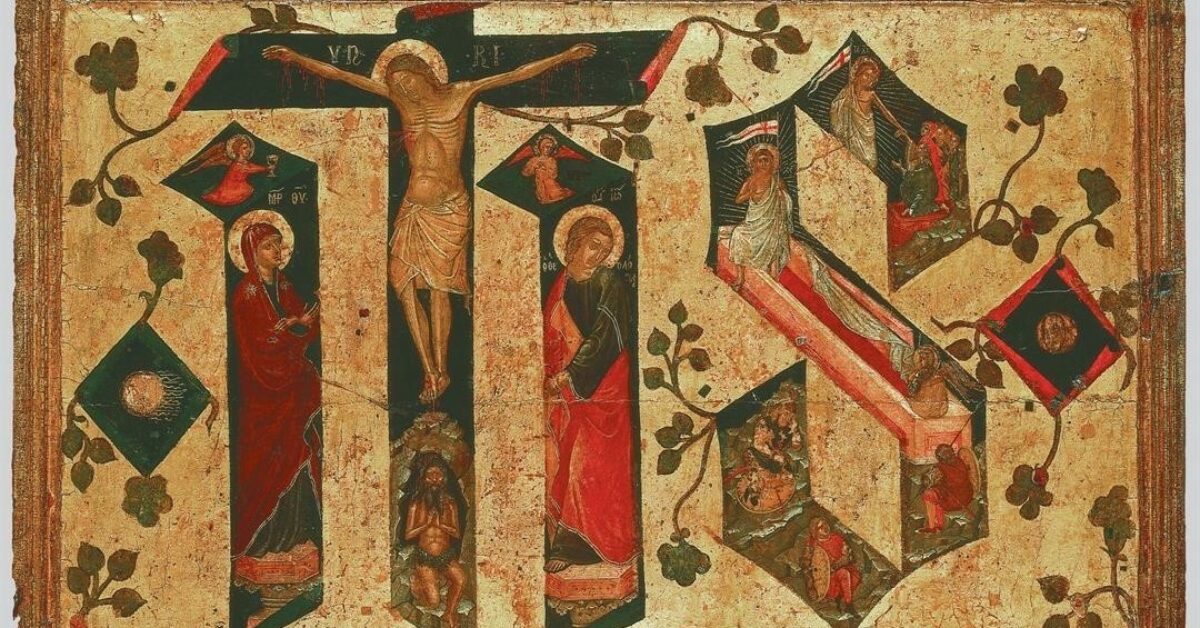Baptismal Identity: Dying and Rising
This video excerpt again features Reverend Daniel Eggold, pastor of Grace Lutheran Church, Lafayette. Pastor Eggold, in conversation with Reverend Timothy Droegemueller, pastor of Living Faith Lutheran Church, Cumming, Georgia, presented at the virtual conference held in June 2021, Orbiting Christ: Belonging, Believing, Behaving. Their conversation, in which they discussed their practices of preaching and teaching, was titled “Faith That Comes through Hearing: Teaching and Preaching Christ.”
In this excerpt Pastor Eggold speaks of the core question of his preaching: What in us needs to die? With Ash Wednesday less than seven weeks away, we pray that those following our blog may find some inspiration in Pastor Eggold’s wisdom for the coming season of Lent.
About the Banner Image:
- Jesus Hominum Salvator by Andreas Ritzos
- Origin: Island of Crete
- Creator: Andreas Ritzos
- Date: 15th century
Depictions of the Crucifixion, the Resurrection and the Descent into Hell are combined in the initials of the abbreviated Latin inscription I(esus) H(ominum) S(alvator) (Jesus Saviour of Mankind), the emblem of the Franciscans. The Crucifixion is represented in the first two letters. In the letter S are depicted two successive scenes with the Risen Christ: The Anastasis, the Byzantine version of the Descent into Hell with the raising of the dead and the Western version of the Resurrection with Christ triumphant rising from the tomb…. The composition, unknown in either Byzantine or Western iconography, must be a creation of the Cretan artist Andreas Ritzos. This unique and original subject of the I H S is one of the most important examples of Italo-Cretan painting and shows the artist’s familiarity with Western painting, as a result of the conditions prevailing in Venetian-ruled Crete in the 15th century. The icon is, possibly, the one mentioned in 1611 in the will of the noble Andreas Kornaros, who was a member of an old Veneto-Cretan family and a prominent scholar. If the identification of the icon is correct, Andreas Kornaros had bequeathed the icon in an important individual in Venice, emphasizing its importance.

